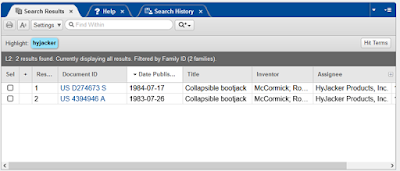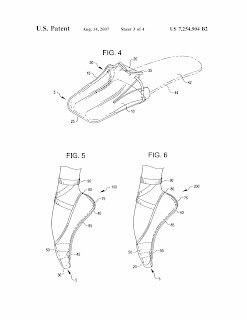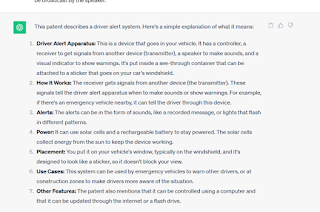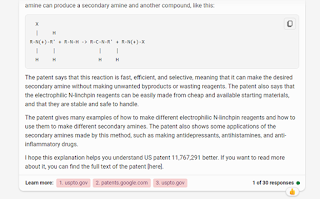Let's talk about copyright, and in particular, Star Wars.
For those who may not know, Star Wars is among the most valuable franchises, and has more IP than I'd care to try to list. And while the franchise spans games, toys, books, TV shows, clothing, amusement parks, and probably food items, it all stemmed from a project in the 1970s that came with no small amount of scorn and doubt.
Today, we all know and love the original Star Wars movie (later A New Hope), copyright 1977. However, many have only seen specific edited versions, or "special editions", that came later. In fact, there aren't a lot of viewable copies of a widescreen (normal. Today that's just normal.) original version. That is something of a collector's item--and not just according to the label.
Yes, dear readers, I have a copy of the original trilogy on VHS in widescreen.
 |
| Widescreen was once an optional format |
So, with help from the staff in the Digital Media Commons (shout out to Ian), I decided that this slow time of year was perfect to transfer it to DVD. [Look, I know that it's copyrighted material and I am pretty familiar with the basics of copyright; but I didn't intend sell, distribute, show in public, etc. the DVD. I just wanted to be able to watch my movies at home.]
 |
| Bad news, fans |
As it turns out, someone foresaw this type of activity, and there's a built-in mechanism that prevented me from making a DVD copy. Apparently, a part of the magnetic tape has been encoded. This is distressing because VHS has a fairly short shelf-life, and there aren't many players left that don't destroy or damage a tape due to age. Furthermore, finding a VHS player that is compatible with modern TVs or screens is challenging, and becoming impossible. Even the converters are harder to find, and tend to be more unreliable.
 |
| A boxed set of sci-fi, space drama joy, a Collector's Edition! |
Here's some potential evidence for my reasoning that people who recorded Star Wars material haven't destroyed the value of the original.
In 1978, there was a televised event, the Star Wars Holiday Special. It was made to capitalize on the success of Star Wars, and also the holiday season. It was aired a single time, because it was simply just so awful. In fact, the people behind it did their best to try to forget it ever happened and hope that the rest of the world would, too.
Well, people don't always forget things, and fortuitously (?), some viewer decided to record the Holiday Special. As one might expect, the advent of the internet and the web led to it turning up online, and the Holiday Special had quite the renaissance decades later. It feels like only one copy of it was ever retained, because most of us have seen an ad for a local news report after the special. Who knows, maybe someone has the original shots and tapes somewhere. But given Lucas' opinion and attitude towards the Holiday Special (which is allegedly that he was mostly uninvolved and wasn't it awful what those TV people did?), it is no surprise that he didn't have his company distribute copies.
Despite the train wreck that is the Holiday Special and its refusal to die, Star Wars didn't lose any of its value. Not even immediately following the international airing of it, and almost universal bad reviews. The later bootleg versions that so many of us fans have seen haven't tarnished the value, either.
So why stymie fans like myself, who just want a semi-modern copy of movies they love? We aren't a large enough force to impact the value of Star Wars, and never have been. By the time this collectors' edition was released, all three films had been out for years, and available on multiple media formats.
 |
| A VHS I failed to copy today |
I'm still mad, though. I was planning on watching the movies during the break.







































